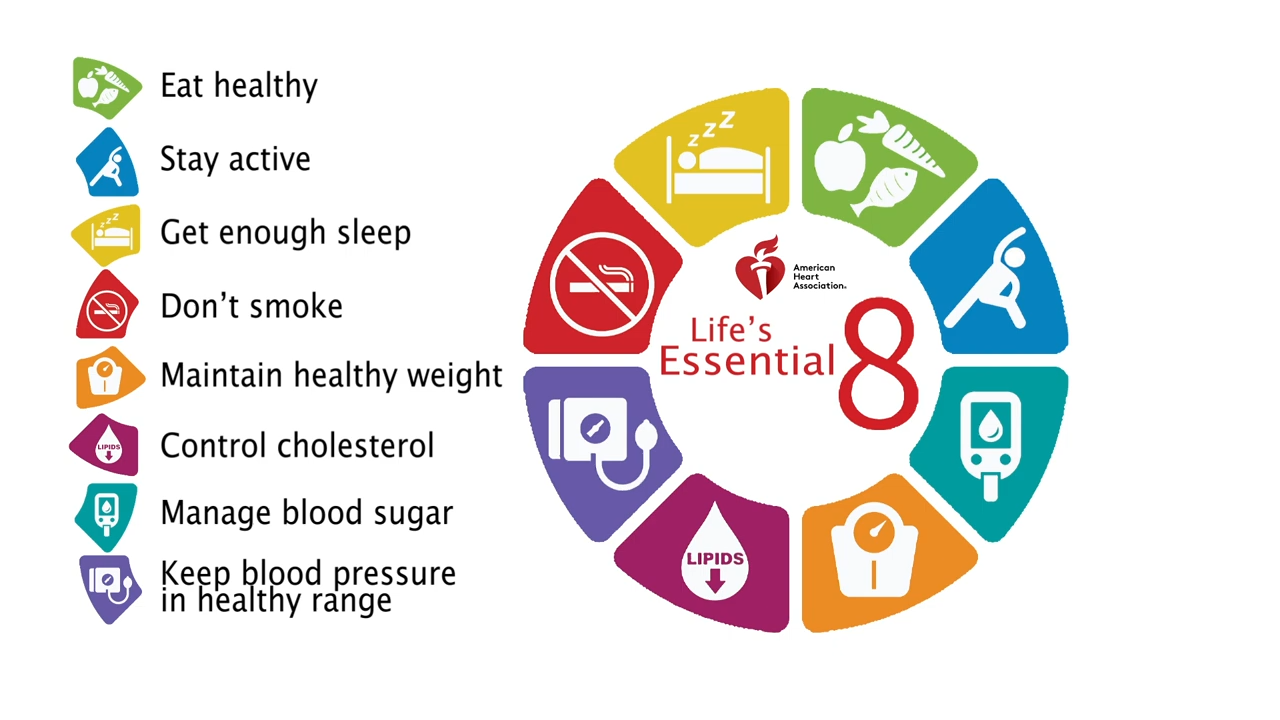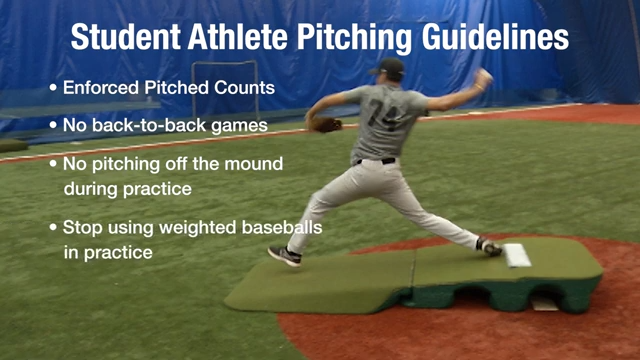ORLANDO, Fla. (Ivanhoe Newswire) — With the rise in technology comes “tech neck,” the act of holding your head flexed in a forward position. Looking at screens can cause stress on your spine. Over long periods of time, this can lead to disc injury, muscle strain, and even arthritic changes of the neck! But there are ways to combat tech neck.
Most people spend an average of two to four hours per day reading and texting on their smartphones. That’s up to 1,400 hours a year! If this sounds like you or your teenager, “Monitoring screen time I think is going to become very important,” said physical therapist Gina Pongetti.
Besides limiting screen time, try adding exercises into your routine. Begin in a neutral stance with your shoulders pulled down and away from your ears. First, roll your shoulders forward and bend your neck forward. Then over-correct the position by rolling your shoulders back and pointing your head to the ceiling. Second, tuck your chin towards the center of your neck then bring it back up to a neutral stance. Third, raise your arms all the way over head then bring them down to your sides. Finally, squeeze your shoulder blades together behind you, and then relax. Experts recommend doing at least ten reps of each per day.
“Every five minutes set an alarm until you get into the mode of actually stretching backwards or standing up,” said Pongetti.
You can also try purchasing a tablet holder to elevate your device, which can significantly reduce neck flexion. Or take it a step further and get yourself a standing desk which can help you burn calories on top of getting rid of that tech neck!
Contributors to this news report include: Gabriella Battistiol, Field Producer and Roque Correa, Editor.
Free weekly e-mail on Medical Breakthroughs from Ivanhoe. To sign up: http://www.ivanhoe.com/ftk
COMBAT TECH NECK
REPORT #2562
BACKGROUND: Posture is the position in which you hold your body upright against gravity while standing, sitting or lying down. Good posture involves training your body to stand, walk, sit and lie in positions where the least strain is placed on supporting muscles and ligaments during movement or weight-bearing activities. Good posture improves the physiologic function of your body, while improving your appearance. To maintain proper posture, you need to have adequate muscle flexibility and strength, normal joint motion in the spine and other body regions, as well as efficient postural muscles that are balanced on both sides of the spine. In addition, you must recognize your postural habits at home and in the workplace and correct them, if necessary. Good posture demonstrates confidence, balance, pain free movement and enhanced physiologic function of your body. Whereas poor posture causes additional stress to the body, spinal degeneration, and diffuse pain. Simply correcting your posture can enhance the quality of your life and overall health.
(Source: https://americanpostureinstitute.com/posture-facts/)
EXERCISES AND BENEFITS: The best way to improve your posture is to focus on exercises that strengthen your core, or the abdominal and low back muscles that connect to your spine and pelvis. Some of these muscles move your torso by flexing, extending, or rotating your spine. Others stabilize your pelvis and spine in a natural, neutral position. The benefits of these exercises keep bones and joints in the correct alignment so that muscles are being used properly and efficiently. They also decrease the abnormal wearing of joint surfaces that could result in arthritis, decrease the stress on the ligaments holding the joints of the spine together, optimizeeathing and circulation, prevents the spine from becoming fixed in abnormal positions, and prevent fatigue because muscles are being used more efficiently, allowing the body to use less energy. Exercises can also improve organ function, prevent backache, neck pain, and diffuse muscular pain, and contribute to a good appearance.
(Source: https://www.webmd.com/fitness-exercise/guide/better-posture-exercises#1 and https://americanpostureinstitute.com/posture-facts/)
IMPROVE POSTURE = IMPROVE DEPRESSION: “We live in a world now where slouching is highly promoted because we’re sitting in chairs and our body is in a collapsed position,” says Erik Peper, a professor in the department of health education at San Francisco State University. “If you have any history of exhaustion or negative thoughts, I would say that this body position amplifies them.” Peper has conducted a series of studies on posture and how it can influence a person’s mood, energy levels and cognitive performance. Some of his research has found that slouching promotes low mood and decreased energy levels. Just last year, a study from New Zealand linked upright posture with improved mood and energy levels among people with symptoms of depression. Another recent study found that the bent-over posture associated with smartphone use could hamper breathing and impair respiratory function. “If you have a rounded posture where your shoulders are migrating forward, you’ll want to do exercises that strengthen the muscles between the shoulder blades,” says William Smith, a certified strength and conditioning specialist. While all these exercises can help, Smith says they won’t do you much good if you spend the bulk of your week sitting idly with poor posture.
(Source: http://time.com/5226701/how-to-improve-posture/)
ADDITIONAL LINK: https://americanpostureinstitute.com/top-7-posture-research-studies-of-2016/
* For More Information, Contact:
Gina Pongetti, MPT, MA, CSCS, ART-Cert. Lisa Stafford, Public Relations
gpongetti@achieveortho.com Lisa@PSCommunications.com
630-986-8749



